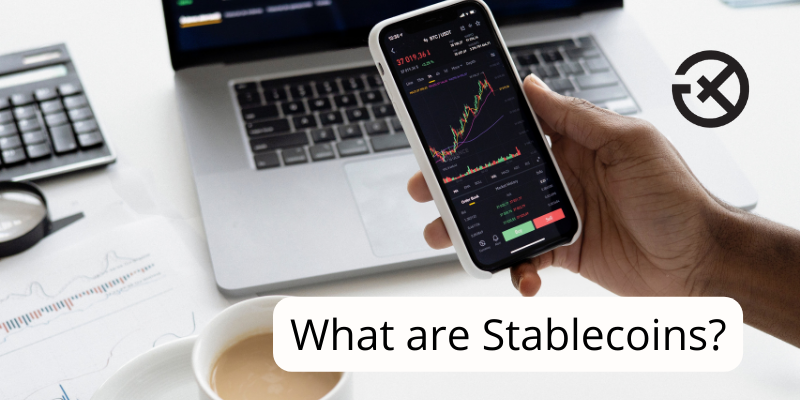
A stablecoin is a type of cryptocurrency that is designed to maintain a stable value relative to a specific asset or group of assets. This stability is achieved through a variety of different mechanisms, but the most common approach is to peg the value of the stablecoin to the value of a stable asset such as the US dollar or gold.
Stablecoins offer several advantages, including decentralization and fast transaction times, similar to other cryptocurrencies. However, unlike other cryptocurrencies, stablecoins are not associated with the risk of volatility. This makes stablecoins useful for conducting transactions and making payments, as well as for storing value.
What are the types of stablecoins available?
There are several different types of stablecoins, each with its own unique characteristics and design. Some stablecoins are backed by physical assets, such as gold or other precious metals, while others are backed by other cryptocurrencies or even by a basket of different assets.
One of the most well-known stablecoins is Tether (USDT), which is pegged to the US dollar and is often used as a substitute for the dollar on cryptocurrency exchanges. Other popular stablecoins include USDC, which is backed by the US dollar and issued by Coinbase, and DAI, which is a decentralized stablecoin that is backed by a variety of different assets.

Stablecoins have become increasingly popular in recent years, as they offer a way to reduce the volatility of cryptocurrency prices and make them more useful for making payments and conducting transactions. With their ability to maintain a stable value, they have gained traction among investors, traders, and merchants. The increasing popularity of stablecoins has also sparked the interest of regulators worldwide, who are now paying closer attention to their use cases, risks, and potential impact on the financial system.
As the crypto world continues to evolve, stablecoins are poised to play a vital role in bridging the gap between traditional finance and the digital economy. However, like any other financial instrument, stablecoins have their own risks and challenges, and it is important for investors and users to understand these before using them.
Stablecoins have not yet been approved for use in Malaysia. However, neighbouring countries such as Singapore and Hong Kong have pursued stablecoins, positioning themselves as attractive hubs for blockchain-based innovation. As the landscape for digital currencies continues to evolve, it remains to be seen how Malaysia will approach stablecoins and cryptocurrencies as a whole, and their potential impact on the country’s economy and financial sector.